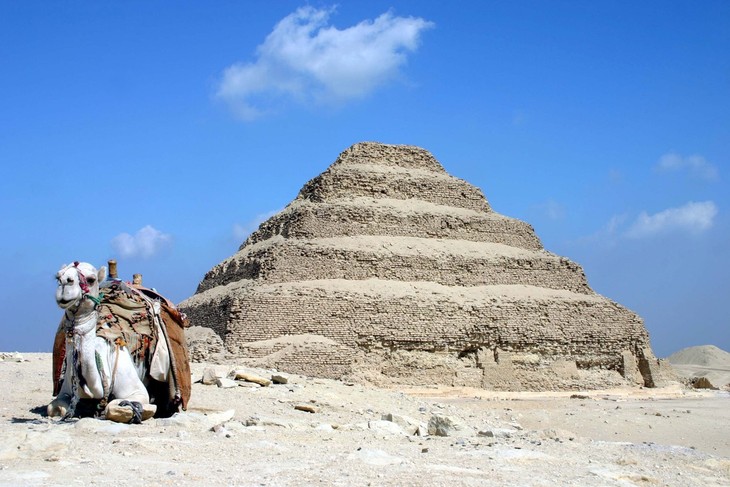 |
| The Step Pyramid of Djoser is the oldest pyramid in ancient Egypt, dating back around 4,500 years. For many years, experts have been trying to decipher how the ancients built this structure. |
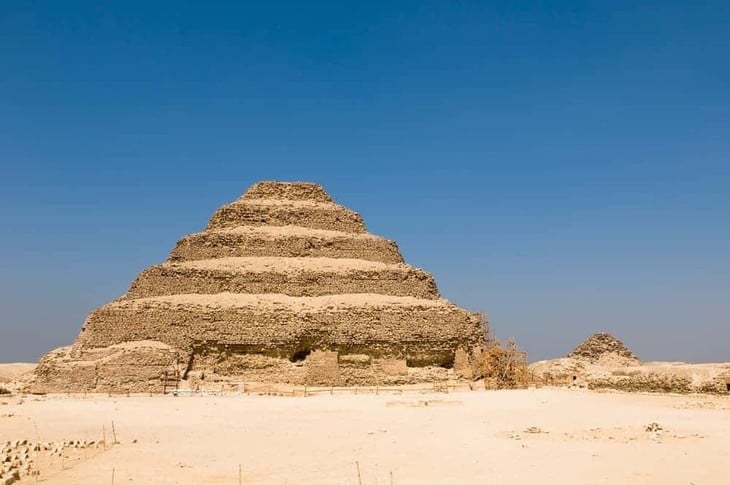 |
| Recently, researchers announced that ancient Egyptians could use a hydraulic ladder capable of lifting 50 - 100 tons of stone at a time to build the Djoser step pyramid . |
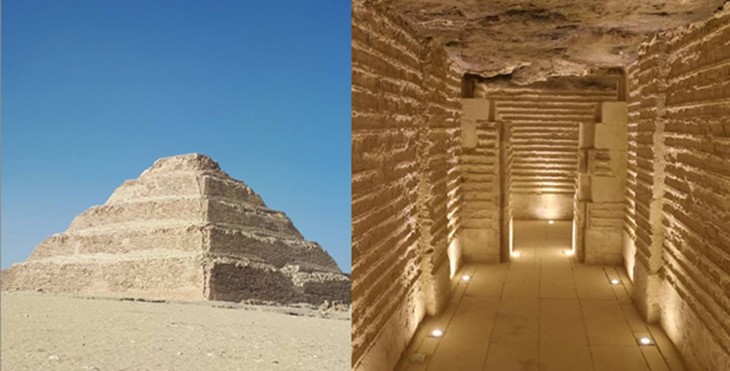 |
| The researchers based their conclusion on the fact that the Step Pyramid of Djoser was built in the Saqqara necropolis near two dry canals that may have served as waterways. These canals may have supplied rainwater and Nile water to the pyramid construction site around 4,500 years ago. |
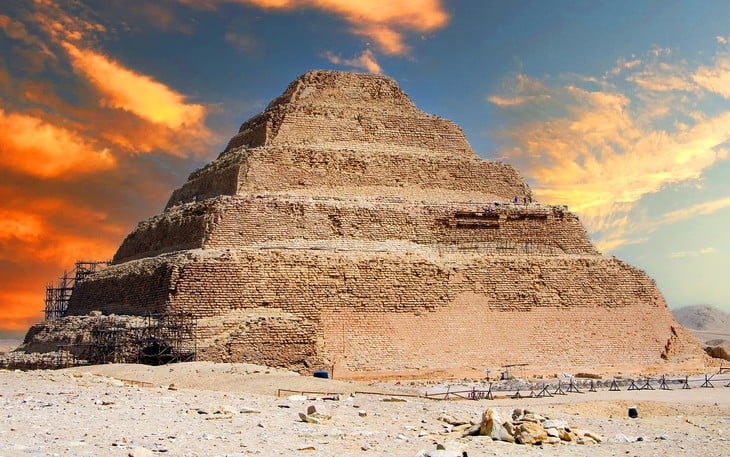 |
| There, the ancient Egyptians built a central vertical shaft that could be flooded and drained repeatedly to raise and lower floating wooden ladders. |
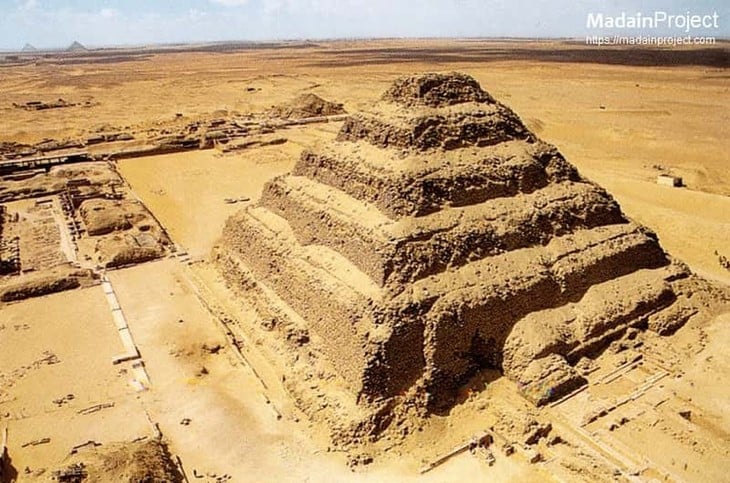 |
| "We assume that the stones were transported to the pyramid by hydraulic ladders after being lifted up in the tunnel," said expert Xavier Landreau at Paleotechnic, a private archaeological research institute in France. |
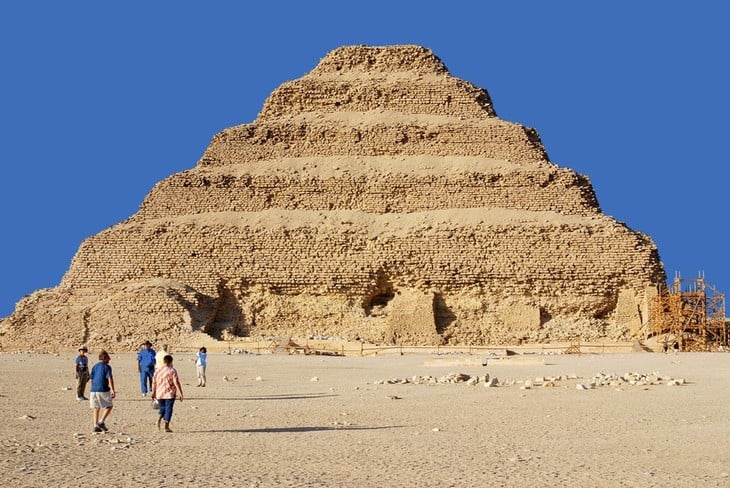 |
| Expert Landreau and colleagues analyzed the hydrological and geological characteristics of the area to prove that it could have used 4 - 54 million m3 of water in 20 - 30 years to build the Djoser pyramid. |
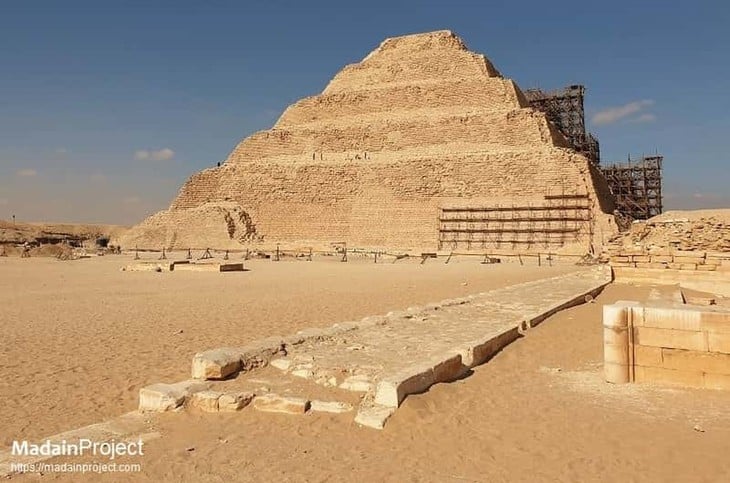 |
| Water could have flowed through a nearby rectangular enclosed chamber called Gisr el-Mudir to filter out grit before pouring into the Deep Trench, a giant 410m-long channel near the step pyramid site. |
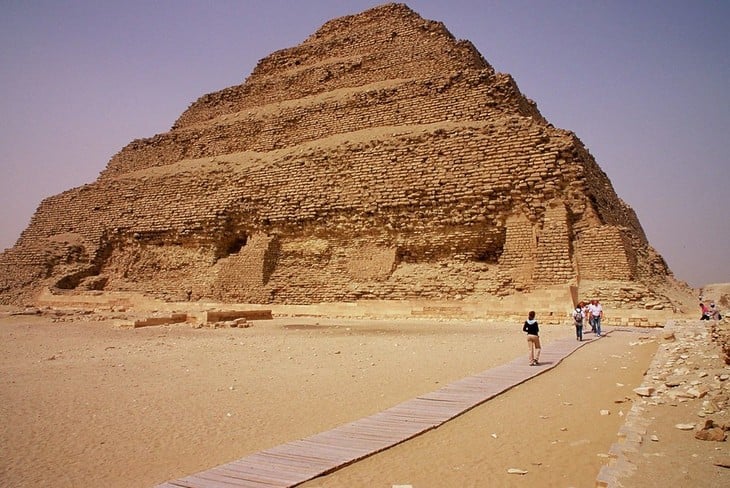 |
| The channel may represent a massive underground reservoir with several chambers, including one aligned with the central shaft inside the pyramid, said study co-author Guillaume Piton of the University of Grenoble Alpes in France. |
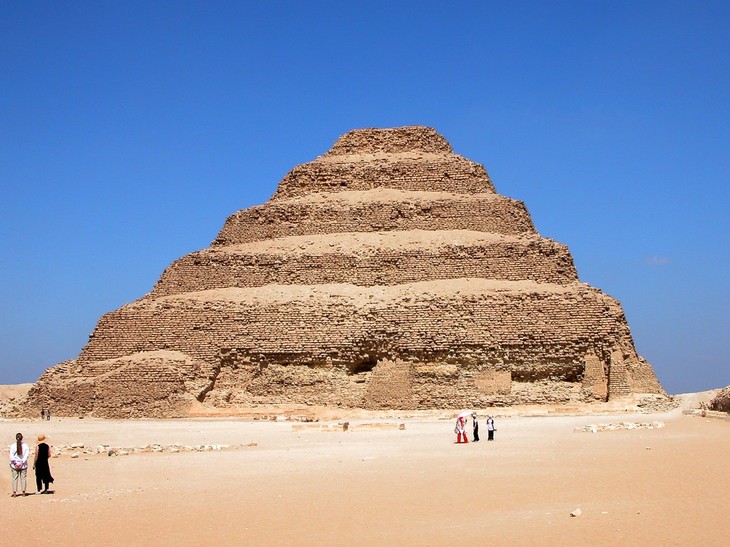 |
| The idea that there was plenty of water in the area where the step pyramid was built in ancient times has been supported by some studies. Researcher Judith Bunbury of the University of Cambridge said there is currently no evidence of hydraulic technology. |
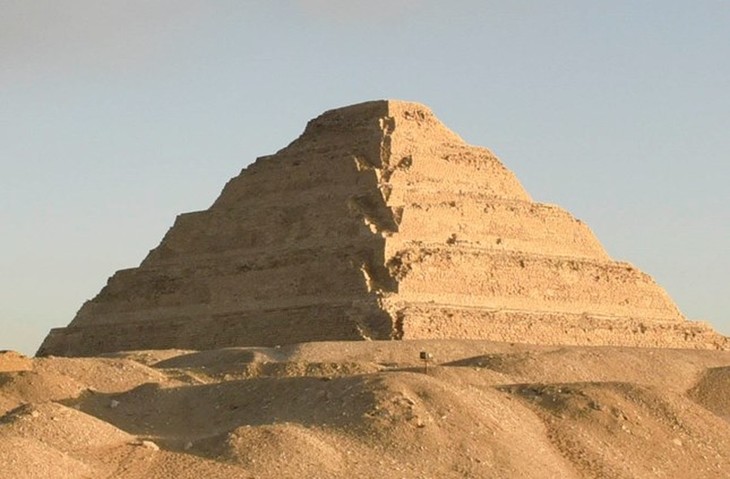 |
| “If their interpretation is correct, it is surprising that the system did not continue to be used elsewhere and that no drawings of such a system exist, when many other technical solutions and processes are vividly recorded in wall paintings,” said researcher Bunbury. |
Readers are invited to watch the video : The river branch helps decode the mystery of how the Egyptians built the pyramids.
Source: https://khoahocdoisong.vn/he-lo-bi-an-ve-cach-nguoi-ai-cap-co-dai-xay-kim-tu-thap-post243631.html





![[Photo] 60th Anniversary of the Founding of the Vietnam Association of Photographic Artists](/_next/image?url=https%3A%2F%2Fvphoto.vietnam.vn%2Fthumb%2F1200x675%2Fvietnam%2Fresource%2FIMAGE%2F2025%2F12%2F05%2F1764935864512_a1-bnd-0841-9740-jpg.webp&w=3840&q=75)

![[Photo] National Assembly Chairman Tran Thanh Man attends the VinFuture 2025 Award Ceremony](/_next/image?url=https%3A%2F%2Fvphoto.vietnam.vn%2Fthumb%2F1200x675%2Fvietnam%2Fresource%2FIMAGE%2F2025%2F12%2F05%2F1764951162416_2628509768338816493-6995-jpg.webp&w=3840&q=75)













![[INFOGRAPHIC] RedMagic 11 Pro, Gaming monster with real water cooling](https://vphoto.vietnam.vn/thumb/402x226/vietnam/resource/IMAGE/2025/12/06/1764992569071_thumb-dien-thoai-redmagic-11-pro-jpg.webp)









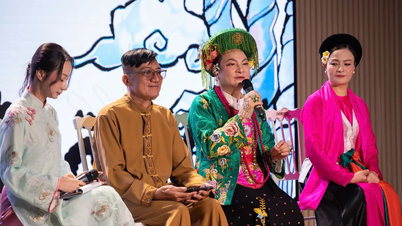














































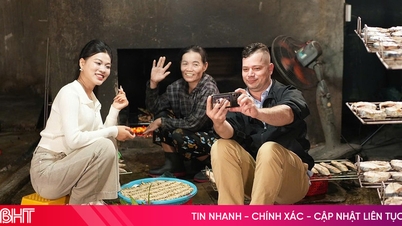













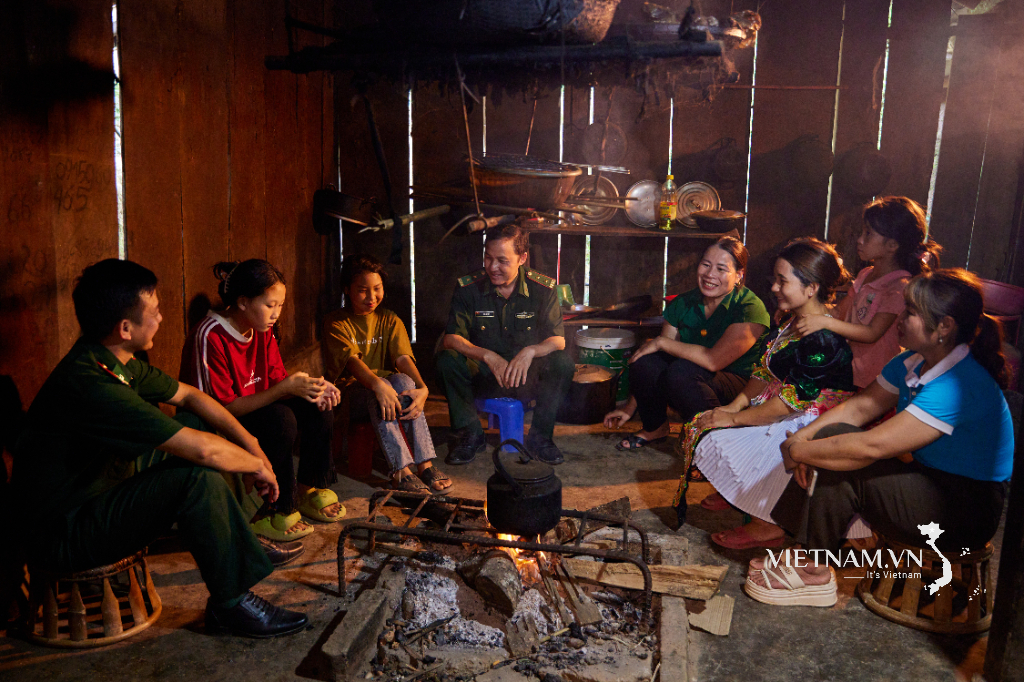







Comment (0)